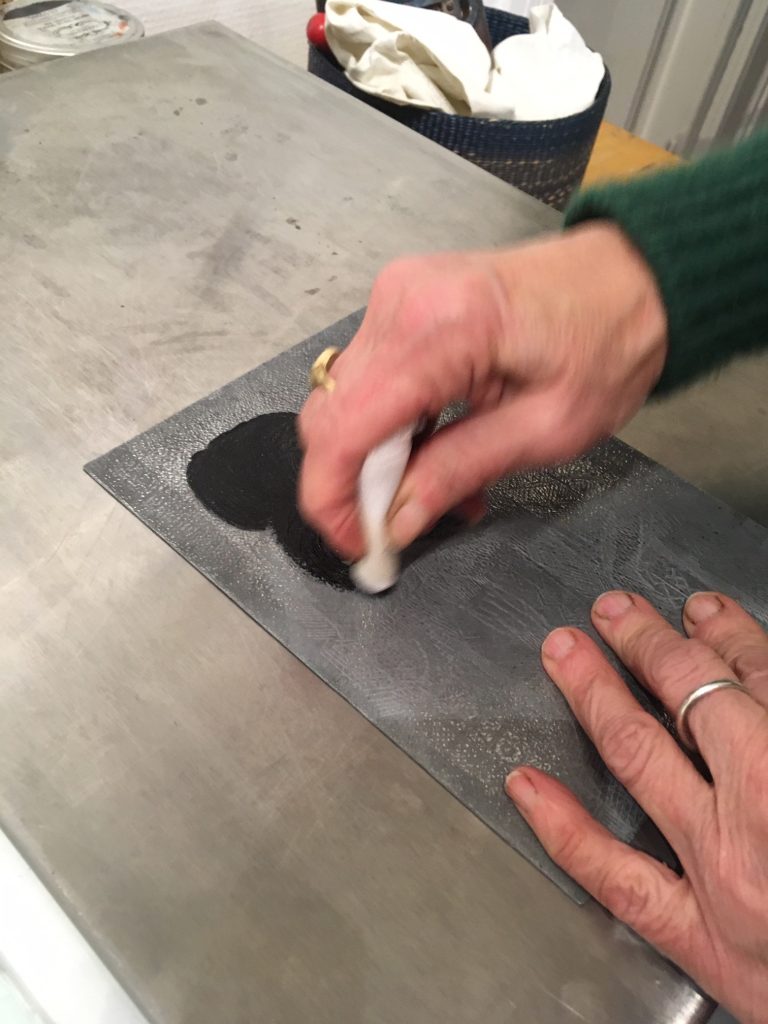1949 Exposition, Galerie Carrot (Alger).
1951 Exposition, Galerie André Maurice (Paris).
1955 « Festival Mondial de la Jeunesse et des Etudiants » (Varsovie).
1955 « Salon des Peintres Nord-Africains » (Paris).
1959 Exposition, Galerie Donilstraz (Leipzig).allemagne
1960 – (fév.) Exposition collective, Club des Quatre vents (Paris).
1963 – (1/11) Exposition « Peintres Algériens », Salle Ibn-Khaldoun (Alger).
1964 – (15-30/4) Exposition « Peintres Algériens », Musée des Arts Décoratifs (Paris).
1964 – (Juin) « ler Salon UNAP », Galerie UNAP (Alger).
1965 – (nov.) Exposition « Jeune Peinture Algérienne », Salle Ibn-Khaldoun (Alger).
1967 Exposition collective (Alger).
1967 – (21-26/11) Exposition collective, Galerie Municipale des Arts (Tunis).
1967 – (17/4) « Création du Groupe de la Jeune Peinture Algérienne », Galerie Feraoun (Alger).
1969 – (19-30/4) « 1ère Rétrospective », Studios de l’ONCIC (Alger).
1969 Exposition collective (Sofia).
1969 – (juillet.) « Festival Panafricain » (Alger).
1969 – (nov.) Exposition collective, MNBA (Alger).
1974 – (nov.) Exposition collective, MNBA (Alger).
1974 – (1-15/5) Exposition, Maison du Peuple (Alger).
1974 – (nov.) Exposition « L’Art et la Révolution (Alger).
1974 – (1/11) « 2ème Salon de l’UNAP », Galerie UNAP (Alger).
1976 – (30/4-15/5) Exposition collective, Salle El Mouggar (Alger).
1979 – (27/10-5/11) Exposition collective, Maison du Peuple (Alger).
1982 – (28/4-7/5) Exposition, Hôtel Aurassi (Alger).
1983 « Exposition Internationale » (Sofia).
1983 – (janv.) Exposition « Dix ans de Peinture Algérienne », MNBA (Alger).
1983 – (mars) Exposition collective, Galerie Yak (Tunis).
1983 – (15-30/9) Exposition collective, Foire Internationale (Alger)
1983 – (10-22/1 1) Exposition « Novembre », CCWA (Alger).
1984 – (Fév) « Exposition d’Art Moderne », CCWA (Alger).
1984 – (28/3-l 1/4) Exposition collective, Cent Culturel Italien (Alger).
1984 – (4/9-30/1l) « L’Art et la Révolution Algérienne MNBA (Alger).
1984 – (20/9) « 2ème Salon de la Peinture Méditerranéenne », Galerie El Kettani (Alger).
1984 – (29/10-29/11) Exposition, Galerie Xen (Alger).
1985 – (1-10/7) Exposition, Musée Sidi Bou Saïd (Tunisie).
1986 – (30/6-6/7) « Exposition Hommage » (Bédjaïa).
1986 – (1-28/2) « Peinture Algérienne Contemporaine Palais de la Culture (Alger).
1986 – (25/2-13/3) Exposition « Algérie, Peinture des années 80 », CNAP (Paris).
1986 – (3/5-4/6) « Rétrospective commémorative MNBA (Alger).
1986 – (4/5-3/6) « Exposition Issiakhem », Galerie Issiakhem (Alger).
1986 – (11-26/6) « Exposition Hommage », Musée Zabana (Oran).
1986 – (20/9-10/10) « Exposition Hommage », CCWA (AIger).
1987 – (5/7-5/8) Exposition Collective, Galerie Issiakhem (Alger).
1987 -(24/12-4/1/88) Exposition « Expressions multiples », MAAO (Paris).
1988 – (1-15/6) « Exposition Hommage à Issiakhem’ Galerie El Mouggar (Alger).
1989 – (8-20/4) « Hommage à Issiakhem », Galerie El Mouggar (Alger).
1989 – (17/6) « Hommage à Issiakhem » (Azzefoun).
1989 – (oct.) « Journées Culturelles Algériennes (Moscou).
1989 – (nov.) « Peinture algérienne Contemporaine » MNBA (Alger).
1990 – (10-21/1) »Exposition Hommage à Kateb Yacine et M’Hamed lssiakhem », Galerie du Lucernaire (Paris).
1990 – (déc.) « Hommage à M’Hamed Issiakhem », Maison de la Culture (Tizi-Ouzou).
1991 – (nov.) « Hommage à Issiakhem », Maison de la Culture (Constantine).
1994 – (3-27/2) Exposition « Les traces de l’épreuve », CCA (Paris).
1994 – (18/5) Exposition « Les Peintres saluent Kateb Yacine », CCA (Paris).
1994 – (28/10-28/11) « Panorama de la Peinture Algérienne », Palais de la Culture, Galeries Racim-lsma-Fanon (Alger).
1995 – (Avril) « La poésie dans un jardin », Centre Européen de poésie (Avignon).
1996 – (23-30/4) Exposition « Dix ans de Peinture algérienne », Galerie Isma (Alger).
2005 Hommage à Issiakhem 1985 2005 MNBA Alger
2006 Hommage à Issiakhem et Zemirli maison de la culture de Tizi ouzou
2007 Hommage à Issiakhem ville de Relizane
2007 Les doyens de la peinture algerienne UNAC
2007 Hommage à Issiakhem ville de cherchel UNAC
2008 HOMMAGE A ISSIAKHEM A TABOUDOUCHT
1ere grande expo d’art contemporain dans le village natal














